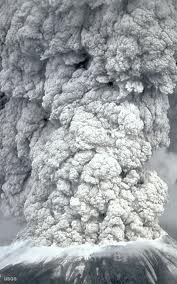By Pennell Paugh
A study that has been conducted for the past six years by Rosenstiel School of Marine and Atmospheric Science at University of Miami is revealing a link between large dust storms on Iceland and glacial melting. While the dust is accelerating glacial melting it also is contributing important nutrients to the surrounding North Atlantic Ocean.
Iceland glaciers are melting at a high rate due not only to global warming but also to sub-glacial volcanic activity. Volcanic rock, which is black, absorbs solar radiation, which causes increased rates of glacial melting in Iceland’s glaciers.
The good news is that iron-rich volcanic dust provides a late summer/early fall nutrient boost to the typically iron-depleted North Atlantic Ocean. The iron increases the ocean’s primary productivity and stimulates the growth of marine plant and animal life. This, in turn, pulls CO2 down from the atmosphere to the ocean.
“The dust processes taking place on Iceland are likely to be occurring in other high latitude glacierized regions,” said researcher, Prospero. “Similar glacier-related dust storms have been seen in Alaska and in Patagonia. On the basis of this research we might expect that cold climate dust activity will become more widespread and intense as the planet warms.”
Click here to see a video about the Rosenstiel study:
http://www.eurekalert.org/multimedia/pub/41278.php?from=206306
Reference
Dechellis, A., “New Study Links Dust to Increased Glacier Melting, Ocean Productivity,” Eurekalert!, March 1, 2012.


Comments are closed.